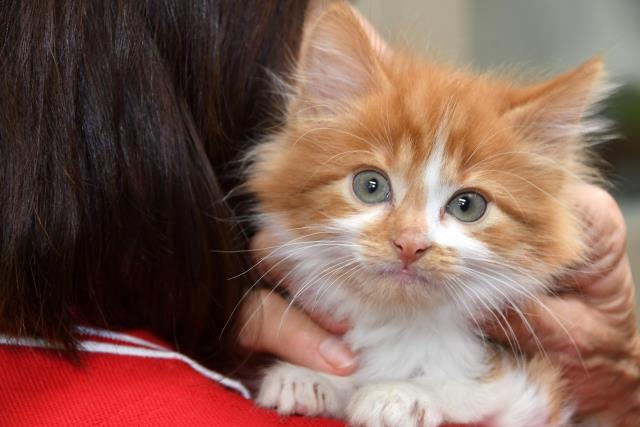
By Callum Ludwig
At the start of March, the Victorian Government announced a renewed push to address the overpopulation of cats with a $300,000 trial program and the release of the draft cat management strategy for consultation.
Councils have been encouraged to apply for grants of up to $25,000 to help provide free and low-cost targeted desexing programs in their townships that suffer from troublesome cat populations or to support their residents facing financial hardships.
“Our goal is to create a comprehensive strategy that promotes responsible cat ownership and management across Victoria – to help better safeguard our native wildlife,” Minister for Agriculture Ros Spence said.
The Victorian Government’s efforts hope to increase cat desexing rates, ease the pressure on shelters and pounds, save cats from impoundment and euthanasia and improve registration rates.
Animal Aid CEO Mark Menze said each year Animal Aid receives around 1000 kittens into their care.
“Sadly, and despite significant effort on our part, this number has remained consistent and predictable for the past 10 years,” he said.
“This type of grant is not new. Animal Welfare Victoria has been providing desexing grants to councils and clinics for several years. Previous funding has allowed Animal Aid to provide low/no cost desexing for 300 cats.”
In April 2023, Mr Menze detailed how the Animal Aid cattery was struggling to accommodate for the number of cats needing to be sheltered in his regular opinion column in the Star Mail.
Mr Menze said while the announced additional funding is commendable, the journey towards significant change is long.
“This latest round of funding will support the desexing of about 2,000 cats. The impact though positive, is relatively small in the broader context. A single pair of breeding cats can lead to over 2,000 offspring in just a few years, illustrating the scale of this problem,” he said.
“For a sustainable solution, we believe in the power of widespread education and accessible desexing programs. Together, with continued support and a shared vision for animal welfare, we can make a meaningful difference in tackling cat overpopulation.”
There are over 227,000 registered cats in Victoria on top of an unknown number of unregistered, unowned or feral cats.
Director of Communities at Yarra Ranges Council Leanne Hurst said they will be submitting a grant application and welcome the announcement.
“Responsible pet ownership – keeping cats indoors and on properties, desexing and caring for their health and wellbeing is crucial for not just the wellbeing of cats, but animals in the wider environment,” she said.
“We will be submitting a grant application through the program. We see great opportunities to utilise this funding, to assist people in financial hardship by making more affordable cat desexing options available,”
“We look forward to working with the State Government and are hopeful we’ll be successful with our application.”
Anyone interested in the cat management strategy can find out more at engage.vic.gov.au/cat-management-strategy and can provide feedback up until 26 April.
Executive Director of Animal Welfare Victoria Dr Trevor Pisciotta said desexing cats helps reduce the burden of overpopulation on Victoria’s domestic animal services.
“Although 95 per cent of registered cats are desexed by the age of two, cats can have multiple litters in this time. This can sadly result in thousands of cats entering the Victorian pound and shelter system each year,” he said.
“One of the main reasons people don’t desex their pets is because they can’t afford it. These grants make cat desexing more accessible for vulnerable community members,”
“By specifically targeting semi-owned cats and addressing problem cat populations, the program also focuses on a group of cats often overlooked by desexing programs.”






